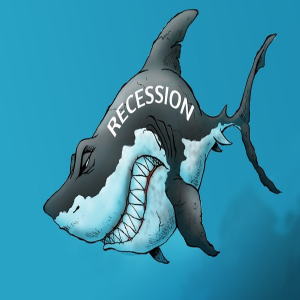Washington state declares statewide drought emergency following poor snowpack
Published in News & Features
The official drought declaration — which excludes only Seattle, Tacoma and Everett — means state officials expect to see less than 75% of the state's normal water supply and that shortage poses "risk of undue hardship," Mellor said.
That second factor is the reason Tacoma, Seattle and Everett are excluded in the declaration, Mellor said. Those cities have large enough water reserves in place to weather the drought without too much harm.
Seattle Public Utilities, which provides drinking water to about 1.5 million customers, is capturing water in its two major reservoirs as snow melts and should be able to fill them, said Julie Crittenden, the utility's water planning and program manager.
The utility asked customers to voluntarily conserve water last year due to low water supply, but at the moment, Crittenden said a similar request doesn't appear imminent.
Out on the Olympic Peninsula, however, communities faced a mix of voluntary and mandatory water restrictions. Mike Healy, director of public works and utilities at Port Angeles, said similar restrictions look to be on the horizon.
"Short of some more snowfall, which doesn't appear likely," Healy said.
Less water also means utilities can't generate as much hydropower as usual. Seattle City Light raised rates in January to recoup millions it lost because of poor hydropower production last winter. Water was in such short supply that the utility wasn't able to fill its reservoir on the Skagit River, power management director Siobhan Doherty said.
Snowpack is worse this year than last, Doherty said, but because of the warmer-than-normal temperatures electricity demand has been lower, offering something of a silver lining to the problem.
The drought declaration will also unlock $4.5 million in grants to help local governments, tribes, irrigation and utilities districts access emergency drought permits, request temporary water rights transfers and relief funding.
One agency likely to tap into the emergency cash is the Roza Irrigation District, which serves the Yakima River valley, district manager Scott Revell said. Current forecasts for the district indicate it can expect about 63% of its normal water supply but Revell said that figure could drop as low as 51%.
This means the district will have to lease water from other sources, which at times could cost up to $240,000 a day, Revell said. "That's $10,000 an hour."
The district could burn through its emergency reserves in a matter of days and would need matching funds from the state to keep the water flowing, Revell said.
Crops that require water later in the year are likely to suffer the most if supply comes up short, he said. This is particularly true for blueberries, apples and hops and could mean poor yields and even a "hangover" effect, damaging crop quality into next year.
(c)2024 The Seattle Times Distributed by Tribune Content Agency, LLC.






Comments